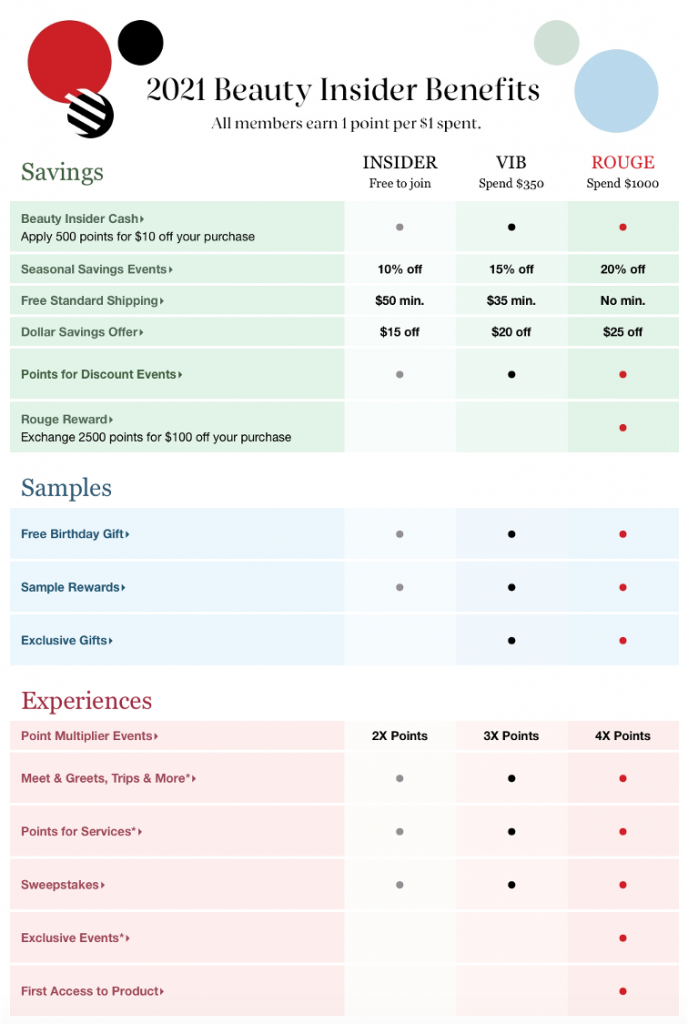Loyalty programmes are generally regarded as a great way to encourage customers to make repeat purchases in exchange for rewards, points or discounts – and they have become increasingly popular with brands. According to Momentum Protocol, there is a 9 per cent increase in the number of brands that are jumping on the bandwagon and adopting loyalty programmes in their business models. That said, while more and more brands have been implementing loyalty programmes, the number of customers who actively sign up for these loyalty programmes continues to hover at around only 50 per cent (Source: Momentum Protocol). This borderline uptake suggests that there is still something missing in most loyalty programmes.
The problem with many loyalty programmes is that they don’t actually build customer loyalty. It’s easy to equate repeat purchases with loyalty, but that leaves out the important consideration of what exactly is driving these customer purchases. Now, true customer loyalty has much more to do with the overall Customer Experience (CX), and far less to do with simply collecting rewards, points and driving repeat purchases.
Securing customer loyalty goes beyond just having a loyalty programme — getting the CX right has become the differentiating factor for many successful brands. CX refers to the customer interactions with your brand at every touchpoint, which ultimately shapes the perception they form about your brand (Source: Hotjar). In other words: if they like you, they will continue to buy from you and recommend your brand to others. To make your customers like you, you need to know what they like and then leverage on this knowledge to deliver personalised experiences that will earn their loyalty.
So, how do you incorporate a great CX within your loyalty programme to push things in the right direction? Here are a couple of tips to keep in mind:
Personalisation
There has never been a time when CX was more important than it is today. According to a report from Epsilon, 80 per cent of customers are more likely to make a purchase when brands provide a personalised experience – indicating that customers expect unique experiences tailored to their preferences as they interact with a brand (Source: Epsilon). Personalisation not only improves the customer’s experience but also increases customer loyalty and boosts revenue.
Use relevant and updated customer data to find out their preferences and behaviors, and tailor each experience specially for each individual. These data can come from various platforms and sources such as social media, web/app analytics and more. By leveraging on customer data to continuously evolve your loyalty programme, you add a personal touch to the overall customer experience – ultimately winning the hearts, trust (and wallets — but that’s secondary) of your customers.

If you’ve shopped at Sephora before, then you’ve probably heard of its wildly popular Beauty Insider loyalty programme. The loyalty programme is free for sign up and includes a mobile app for users. As of 2020, there are an estimated 25 million Beauty Insider members globally (Source: Forbes). Beauty Insider’s popularity mainly stems from the flexibility members enjoy in redeeming their reward points. In addition to birthday gifts, gift cards and discounts, members are able to exchange their points for exclusive, limited-edition products and even free makeovers. By letting members choose the rewards they prefer, Sephora creates a more personalised shopping experience for its customers. Taking notes from Sephora, giving customers the option to choose their rewards is one of the best ways of attracting and retaining a rewards member. So it’s important to know what drives your customers and remember that not every customer is motivated by the same reward type. At its crux, CX should always be the heart of your customer loyalty programme. By crafting the loyalty programme around your customers’ needs, can you then foster a deeper connection with them.
Simplify The Customer Experience
Complex and cumbersome loyalty programmes are a pretty surefire way to make customers churn right at the start of the loyalty funnel, so why not make it fast and easy instead? Programmes that make it difficult to earn and redeem rewards may negatively affect the CX as customers may feel disempowered and frustrated when using the programme. On the flip side, creating a loyalty programme that is easy for customers to understand will entice them to continue using the programme.

Take for example one-stop shopping destination Amazon. Amazon is one brand that has managed to generate huge amounts of customer loyalty without utilising a traditional loyalty programme. Launched in 2005, Amazon’s loyalty programme, Amazon Prime, had gained over 100 million members around the world by April 2018 (Source: Market Realist). The e-commerce giant managed to achieve these results by consistently trying to simplify the purchasing experience for its customers. For instance, by offering a wide selection of products and providing free and fast shipping & returns in the programme, Amazon has made online shopping much more convenient as compared to shopping in a brick-and-mortar store.
Another example of a brand that delivers an excellent CX is Grab. Having started out as a ride hailing company, it has now expanded its business to also cover food delivery, financial services, ticketing, e-health and more. The team places its customers at the core of the business by listening to their needs and delivering a simple and optimised experience all through its mobile app. This customer centricity has helped the company gain its large and loyal customer base – with the app being downloaded over 166 million times and valued at over 14 billion dollars as of 2020 (Source: Sprinklr).
Ultimately, it’s the journey that matters — the experience that customers go through at every stage of their relationship with the brand. When loyalty programmes are designed with CX in mind, the emphasis shifts from short-term spurts to long-term gains, and from tactical to strategic. This can help ensure lifetime customer value and inspire lucrative, long-term customer loyalty for your brand.
— —
Hero image: Jamie Street, Unsplash
